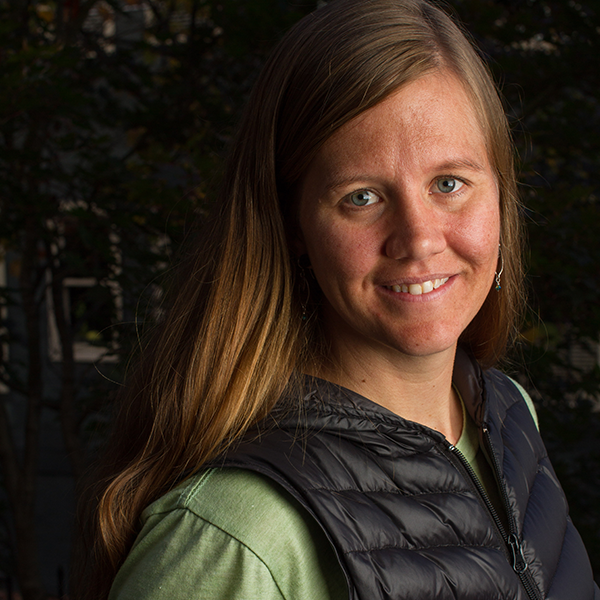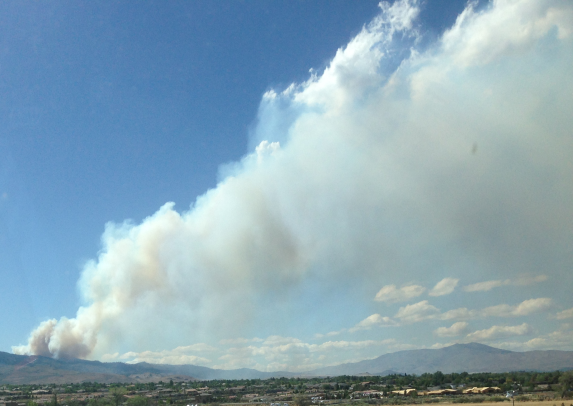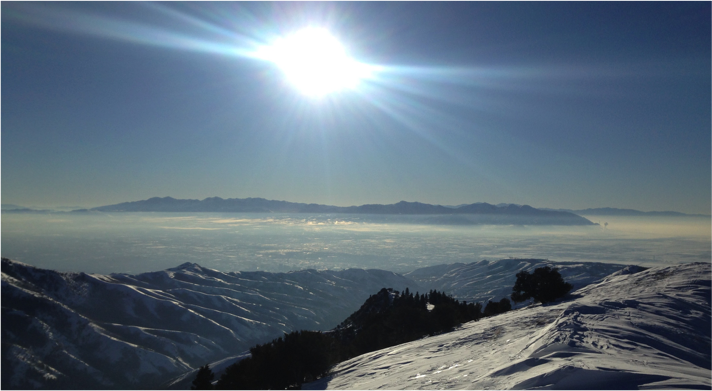Early Adopter

Applied Research Topic
Potential Applications ► Wildfire/smoke forecasting; Wintertime temperature inversions; Air quality
Description
Understanding the spatiotemporal distributions of pollutant concentrations in regions with mountainous terrain, where meteorological conditions and emissions sources significantly influence the spatial distribution of air pollution concentrations, is challenging. The focus of this project will be to develop models to enhance exposure estimates for two common scenarios of air pollution exposure in the western U.S. (1) elevated fine particle (PM2.5) concentrations due to temperature inversions and (2) elevated PM2.5 concentrations from wildfire smoke plumes. The anthropogenic sources impacting PM2.5 concentrations in current air quality nonattainment areas (i.e., not meeting federal standard) will also be investigated to aid in risk assessment and environmental management. The complex relationship between mountainous terrain, meteorology, atmospheric chemistry, and sources of air pollution will be used to improve exposure models for health studies and risk assessments in the western U.S. Satellite retrievals will be used to estimate ground-level pollutant concentrations and provide spatiotemporal air quality information to track plumes, improve emissions modeling, and determine sources (i.e., natural versus anthropogenic) in regulatory applications. The findings from this study will be used in regional scale atmospheric models for air quality assessments in the western U.S., specifically for epidemiological studies and to aid in issuing air quality alerts though local air quality management agencies.Significance
Nearly 70 million people live in the western U.S. and the region continues to experience rapid population growth, with many counties in the western U.S. currently being in maintenance or nonattainment designations for violation of at least one criteria pollutant as defined by the National Ambient Air Quality Standards (NAAQS) set by the U.S. Environmental Protection Agency (EPA). Air pollution concentrations in intermountain regions differ from national averages because of local meteorological and geographical conditions. The complex terrain and elevation create meteorological situations that lead to local stagnation conditions where pollutants are trapped in cold, dense air on valley floors. These pollutant accumulation events during persistent temperature inversions in the winter pose a great risk to human health. Additionally, wildfire smoke exposure is a significant health concern in the western U.S. where large wildfires have increased in size and frequency in the recent past due to drought conditions, with smoke plumes transporting air pollutants several hundreds of miles downwind, impacting residents across the U.S. and Canada.Why PACE
PACE will provide continuity of aerosol retrievals currently in use from MODIS, MAIAC, & MISR. Multi-angle polarimetry from PACE can reduce the uncertainty of smoke plume injection height & aerosol height profiles.End User(s)
Early career researchers: doctoral and post-doctoral researchersSAT Partner(s)
Alexei LyapustinPublications
J.M. Boehmler, S.M. Loría-Salazar, C. Stevens, J.D. Long, A.C. Watts, H.A. Holmes, J.C. Barnard, and W.P. Arnott (2018) Development of a multispectral albedometer and deployment on an unmanned aircraft for evaluating satellite retrieved surface reflectance over Nevada’s Black Rock Desert, Sensors, 18, 3504. DOI: https://doi.org/10.3390/s18103504.
C.E. Ivey, S. Balachandran, S. Colgan, Y. Hu, and H.A. Holmes (2019) Investigating fine particulate matter sources in Salt Lake City during persistent cold air pool Events, Atmospheric Environment, 213, 568-578. DOI: https://doi.org/10.1016/j.atmosenv.2019.06.042.
S.M. Loría-Salazar, A. Panorska, W.P. Arnott, J.C. Barnard, J.M. Boehmler, and H.A. Holmes (2017) Toward understanding atmospheric physics impacting the relationship between columnar AOD and surface PM2.5 concentrations for wildfire smoke plumes in complex terrain, Atmospheric Environment, 171, 289-300. DOI: https://doi.org/10.1016/j.atmosenv.2017.10.023.
N.L. Murray, H.A. Holmes, Y. Liu, and H.H. Chang (2019) Bayesian ensemble approach to combine PM2.5 estimates from statistical models using satellite imagery and numerical model simulation, Environmental Research, 178, 108601. DOI: https://doi.org/10.1016/j.envres.2019.108601.



